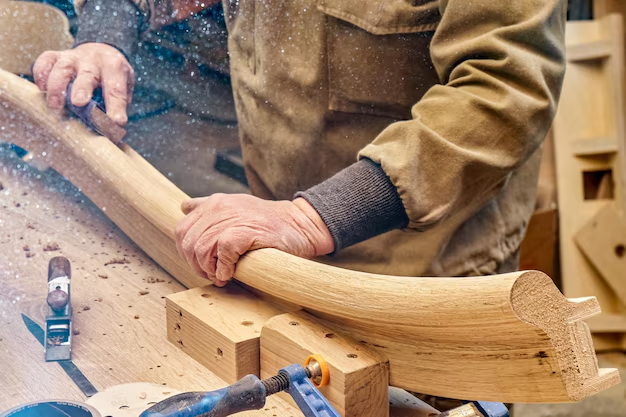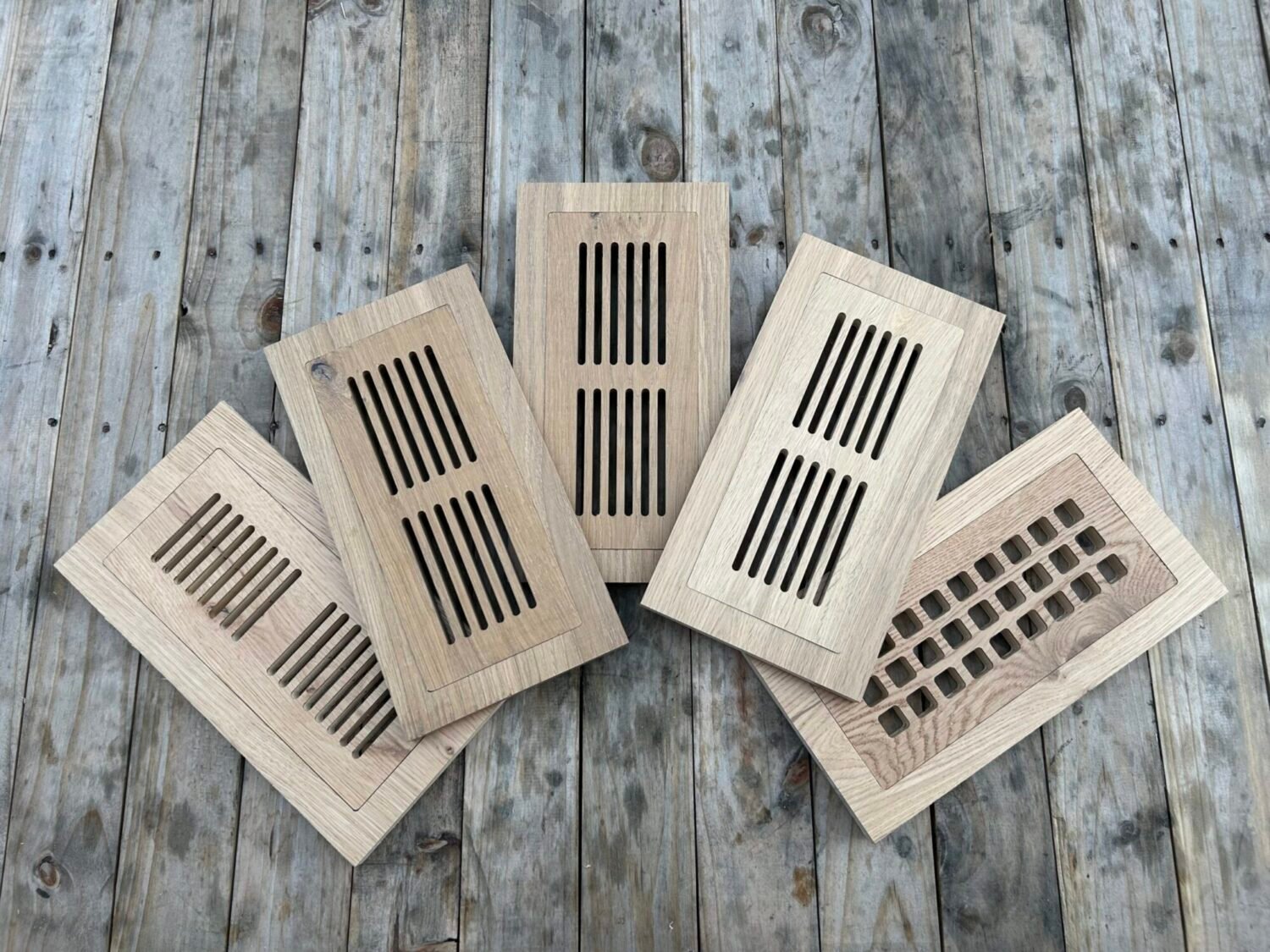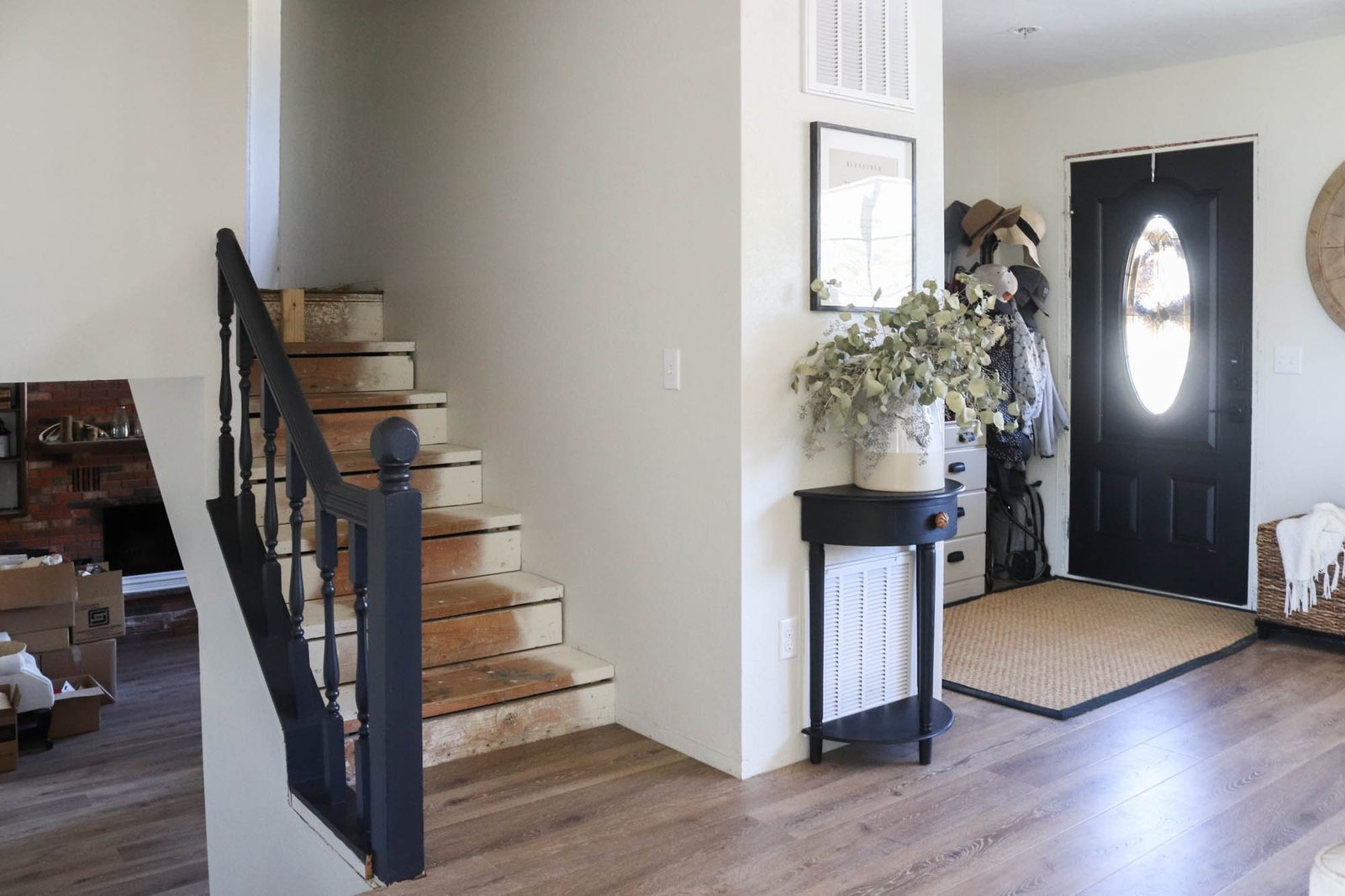
Choosing Between DIY and Professional Stair Refinishing: What You Need to Know
Introduction
Stairs are more than a pathway between floors—they are a central feature of your home’s design. Over time, wear and tear from daily use can leave staircases looking dull, scratched, or even unsafe. Refinishing your stairs goes beyond improving their appearance; it restores their functionality and extends their lifespan.
Enhancing Aesthetics
A freshly refinished staircase can transform the look of your home. Whether you prefer a sleek modern style or a warm traditional feel, refinishing allows you to tailor the finish to your design vision. By removing scratches, stains, and imperfections, you’re not just restoring the wood’s beauty—you’re elevating the overall ambiance of your space. Choosing custom stair products, such as matching stair treads, can further enhance the seamless look of your staircase.
Improving Durability
Daily foot traffic, heavy furniture, and fluctuating temperatures can all take a toll on wooden stairs. Refinishing provides a protective layer that shields the wood from further damage, ensuring it stands up to wear and tear for years to come. This is particularly important for hardwood stair nosing, as it experiences significant contact and pressure during use.
Boosting Home Value
A well-maintained staircase is a key selling point for any home. Potential buyers are drawn to details like polished finishes and cohesive designs. Refinishing your stairs with high-quality materials, like hardwood flooring, can significantly increase the appeal and value of your property, making it a worthwhile investment whether you’re planning to sell or stay.
Enhancing Safety
Damaged or uneven stairs can pose a safety risk, especially for families with children or elderly members. Refinishing allows you to address cracks, splinters, or loose nosings, creating a smooth and secure surface. Adding a non-slip finish is another option that boosts safety while maintaining the stairs’ visual appeal.
Refinishing your staircase isn’t just about aesthetics—it’s a practical and valuable improvement that benefits your home’s safety, durability, and style. Whether you choose to DIY or hire a professional, the results can make a lasting difference.
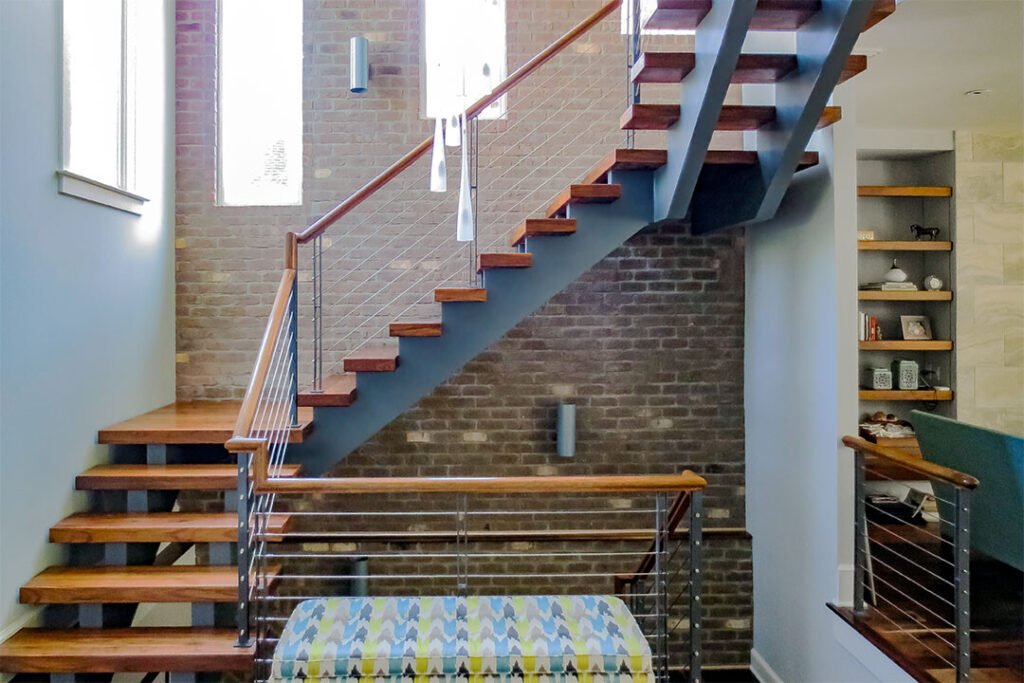
Understanding The DIY Approach
Refinishing your stairs as a DIY project can be a rewarding experience, but it requires careful planning, the right tools, and a clear understanding of the process. Whether you’re tackling scratched treads or dull finishes, a step-by-step approach can help you achieve professional-quality results.
Preparation is Key
Before starting, ensure your stairs are clean and free of dust or debris. Sanding is a crucial first step, removing the existing finish and creating a smooth surface for staining or sealing. For a polished look, consider using high-quality stair products, such as pre-coated treads or nosings, which simplify the finishing process by eliminating the need for stain matching.
Gather the Right Tools
Successful DIY refinishing relies on having the right equipment. Basic tools include sandpaper or an electric sander, a wood filler for gaps or cracks, and a high-quality brush or roller for applying stains and sealants. Opting for matching stair treads or pre-finished products can further reduce the complexity of the project.
Applying Stains and Sealants
Once the surface is prepared, apply your chosen stain in even strokes, allowing it to dry fully before adding a protective sealant. Select finishes designed for durability, especially for hardwood stair nosing, which sees heavy use. If you’re aiming for a seamless match with existing flooring, test the stain on a small, hidden section before applying it to the entire staircase.
Final Touches
After the sealant has dried, inspect the stairs for any missed spots or uneven finishes. Touch up areas as needed to ensure a consistent appearance. Adding non-slip pads or coatings can enhance safety without compromising the refined look of your staircase.
By following these steps, you can take control of your stair refinishing project and achieve impressive results. DIY refinishing may require time and effort, but with proper preparation and high-quality materials, the outcome can rival professional work.
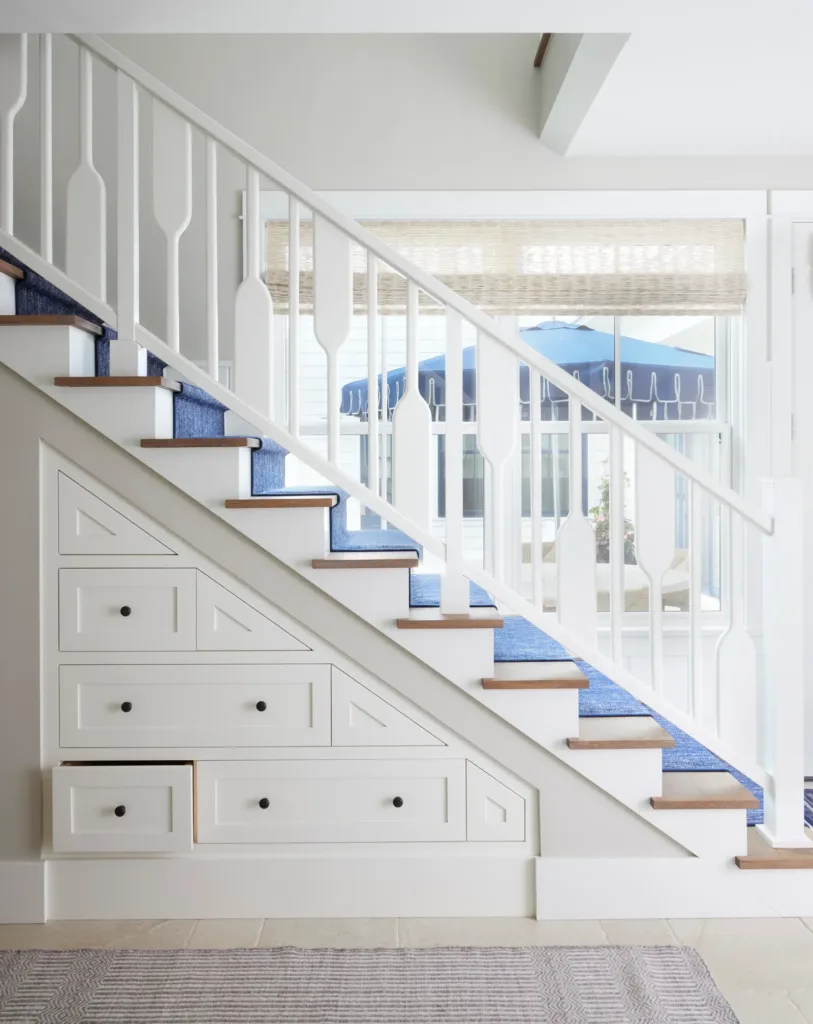
Exploring the Professional Option
While DIY stair refinishing can be an appealing option, hiring a professional ensures expert-level results with less stress and time commitment. Professionals bring the knowledge, tools, and experience needed to handle even the most challenging projects.
Expertise You Can Trust
Professional refinishers have extensive experience working with various materials, including hardwood flooring and different types of stair products. They know how to handle intricate details like stair nosings and complex designs, ensuring every step is flawlessly finished. Their expertise minimizes the risk of uneven coatings, scratches, or other common DIY mishaps.
Access to Specialized Tools and Materials
Refinishing stairs requires precision, which is made easier with specialized tools that professionals use. From industrial-grade sanders to high-quality stains and finishes, professionals are equipped to deliver durable and visually stunning results. They can also recommend products like matching stair treads, which simplify the process and enhance the overall look.
Time Efficiency
A professional can complete a refinishing project much faster than a DIY enthusiast, especially for large or heavily worn staircases. This time efficiency reduces disruption in your home, allowing you to enjoy your upgraded stairs sooner.
Guaranteed Quality and Durability
With a professional, you can expect long-lasting results that stand up to daily wear and tear. They can apply high-quality finishes that enhance the wood’s natural beauty while protecting it from damage. Additionally, many professionals offer warranties, giving you peace of mind about the quality of their work.
Safety Considerations
Stairs are a high-traffic area, and safety is crucial. Professionals know how to address structural issues, repair loose treads, and apply non-slip finishes for added security—all without compromising the aesthetic appeal of your staircase.
By hiring a professional, you’re not just paying for a service—you’re investing in the quality, durability, and beauty of your staircase. Their expertise and access to advanced tools make them the ideal choice for those seeking top-tier results.
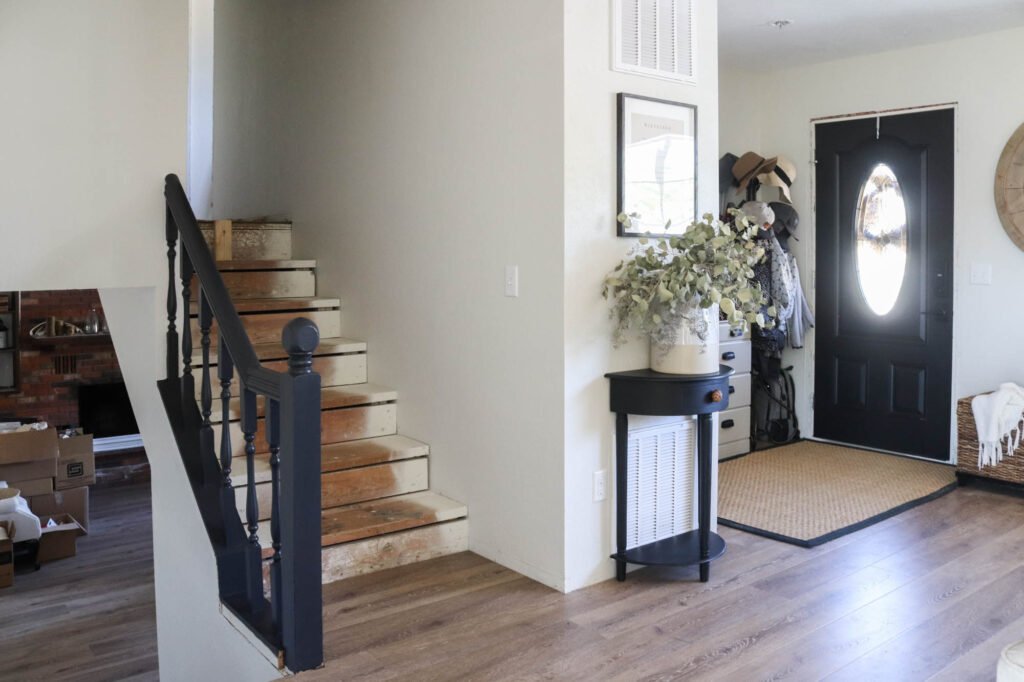
Comparing DIY and Professional Approaches
Deciding between DIY and professional stair refinishing depends on your specific needs, resources, and goals. Both approaches have unique benefits and challenges, but understanding their differences can help you make the right choice for your project.
Skill and Expertise
DIY refinishing requires a learning curve, especially if you’re unfamiliar with tools like sanders or techniques for applying stains. On the other hand, professionals bring years of experience and expertise, especially in working with premium stair products like pre-finished treads and nosings. Their skill ensures a seamless and polished result, even for complex projects.
Tools and Materials
While DIY projects can be completed with basic tools, such as sandpaper and brushes, professional refinishing involves specialized equipment that achieves a more precise finish. For example, professionals often use industrial sanders and advanced sealants. Additionally, incorporating hardwood stair nosing or stair treads can simplify both DIY and professional efforts by ensuring perfect colour and texture matching.
Time and Convenience
DIY refinishing requires a significant time investment, from preparation to the final coat of sealant. It’s ideal for those who enjoy hands-on projects and have the flexibility to work at their own pace. Professionals, however, can complete the job efficiently, minimizing disruption to your daily life. This makes them a preferred choice for homeowners with busy schedules or tight deadlines.
Cost Implications
DIY is often more budget-friendly, as you’re primarily paying for materials and tools. However, the risk of mistakes, such as uneven finishes or damage to the wood, can lead to additional costs. Hiring a professional comes with a higher upfront cost, but it ensures durable, high-quality results that may save money in the long run.
Custom Enhancements
Both approaches can benefit from using custom stair products. For DIYers, pre-finished treads eliminate the need for stain matching, making the process more manageable. Professionals can elevate the outcome further by integrating bespoke designs that align perfectly with your home’s style.
Whether you choose to take on the project yourself or hire an expert, understanding these differences can guide you toward the best decision for your staircase refinishing needs.
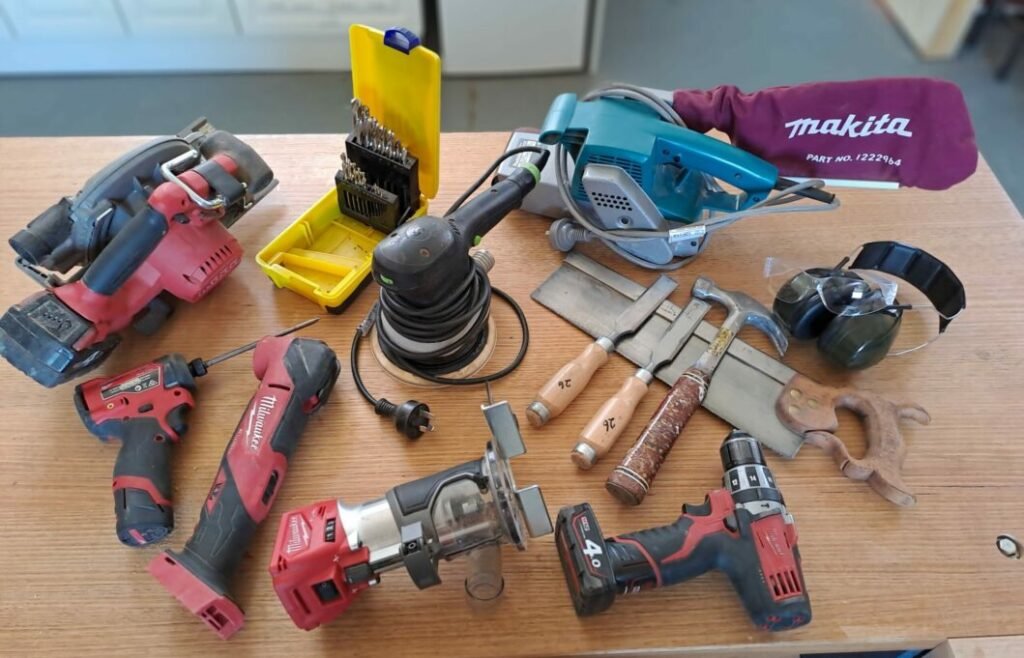
Key Factors to Help You Decide
Not all staircases are ideal for DIY refinishing. The complexity of your staircase plays a significant role in deciding whether to take on the project yourself or hire a professional.
Simple Designs
Straight staircases with minimal wear and tear are generally DIY-friendly. They require less preparation and fewer advanced techniques, making them manageable for those with basic tools and skills.
Complex Features
If your staircase includes intricate designs, such as curved treads, detailed railing, or specialty materials, the complexity increases. These features often require advanced tools and professional expertise to ensure a flawless finish.
Structural Issues
Visible damage, such as loose treads or cracks, can make a staircase less suitable for DIY. Addressing these issues properly often demands the skills of a professional to ensure safety and durability.
Assessing the complexity of your staircase will help you determine if it’s suitable for DIY or if hiring a professional is the smarter choice.
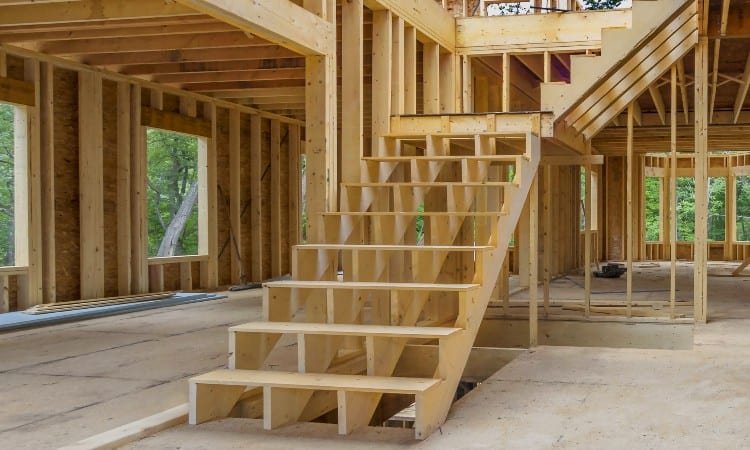
Tips for Making the Best Choice
Cost is a critical factor when deciding between DIY and professional stair refinishing. Understanding the expenses associated with each option can help you make a more informed decision.
DIY Refinishing Costs
DIY refinishing can be cost-effective, primarily involving expenses for tools, materials, and finishes. Items like sandpaper, brushes, and stains are relatively inexpensive, and pre-finished custom stair products, such as treads and nosings, can simplify the process without breaking the bank. However, unexpected costs, such as replacing damaged wood or correcting mistakes, can add up quickly.
Professional Refinishing Costs
Hiring a professional comes with a higher upfront cost, often determined by the size and condition of your staircase. This fee typically includes labour, high-quality materials, and advanced equipment. Professionals also have access to premium finishes and custom options, which can enhance the final result and long-term durability.
Finding the Balance
While DIY is often cheaper, it requires time, effort, and the risk of additional expenses from errors. Professionals deliver reliable results, saving time and ensuring a polished finish. Ultimately, your decision should align with your budget, skills, and the importance of achieving a high-quality outcome.
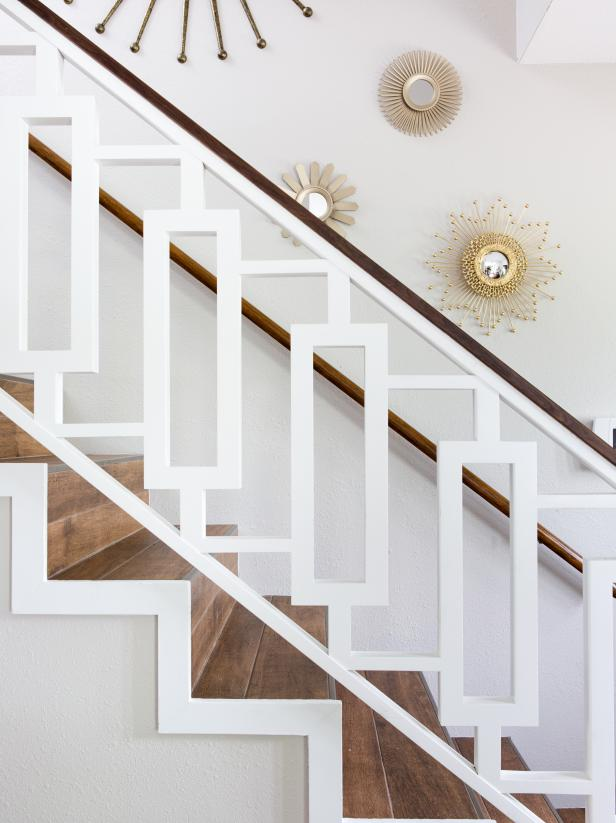
Conclusion
Choosing between DIY and professional stair refinishing depends on your project’s complexity, budget, and available time. For simpler projects, a DIY approach can be rewarding and cost-effective, especially when using high-quality products and materials like pre-finished treads and nosings. These materials simplify the process and help achieve polished results without professional help.
For more complex staircases or when time is limited, hiring a professional is often the better choice. Professionals bring expertise, advanced tools, and durable finishes, ensuring a flawless outcome for intricate features. Regardless of your choice, planning carefully and using the right materials will help create a staircase that’s both functional and visually appealing.
